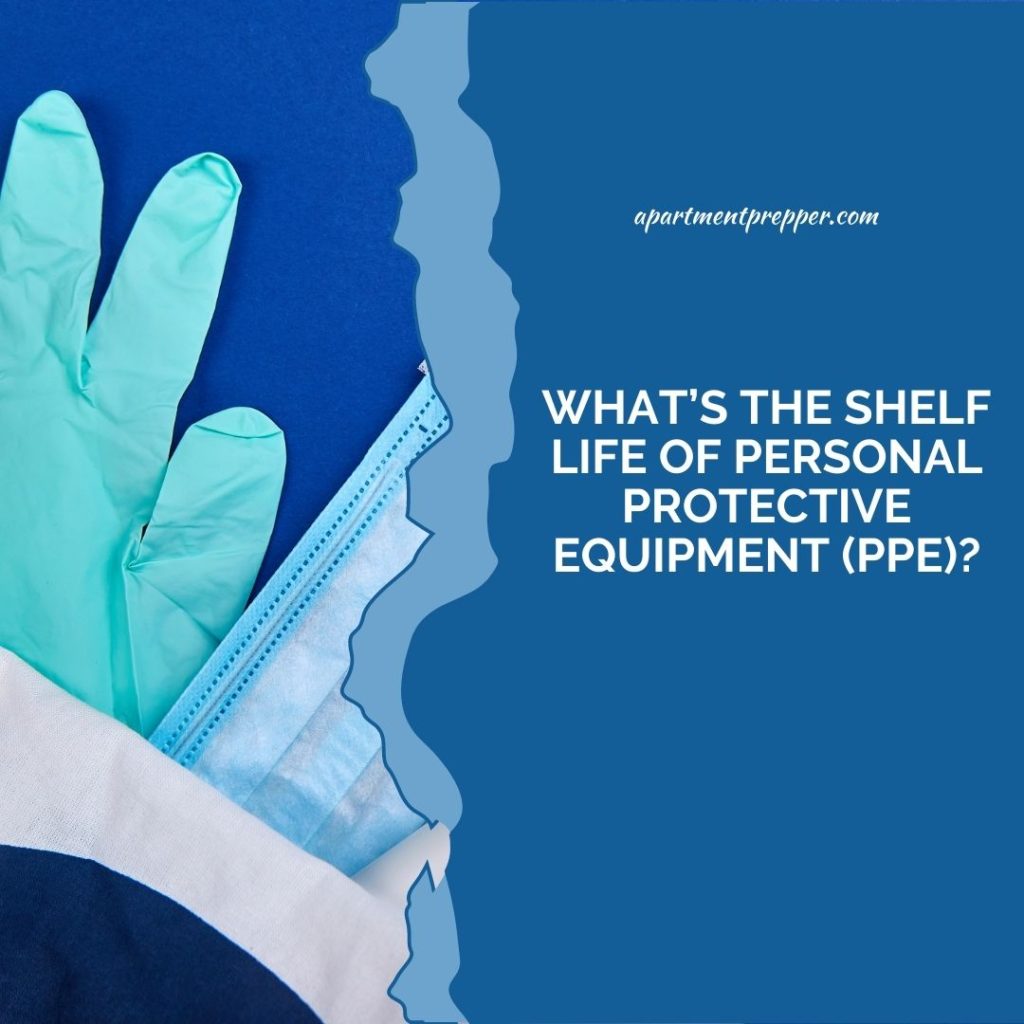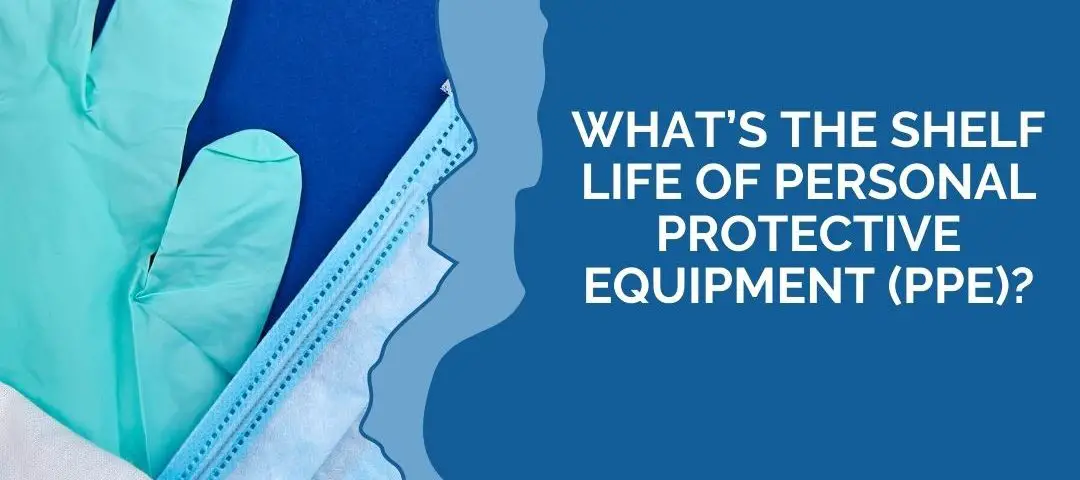Written by Martin Banks
The recent pandemic has placed a spotlight on personal protective equipment. Today’s 20 million card-carrying preppers are adding respirators, gloves, isolation gowns and other gear to their shelters.
However, many survivalists are unaware that these items come with expiration dates. Consequently, they’ll have to replace equipment every few months or years, just as they would with canned food.
Of course, constantly purchasing and tossing gear can become quite expensive. However, knowing your PPE’s shelf life and figuring out what might affect it can help you budget for these expenses and prolong the life of your equipment so you save more money in the long run.
Plus, keeping a running list of expiration dates will ensure you always have what you need in emergency situations.
1. Gloves
Whether you stock your survival bunker with vinyl, latex or nitrile gloves, odds are they’ll become weaker the longer they sit on a shelf. In fact, one study found that natural rubber latex gloves retained just half their tensile strength after eight years at a shelf temperature of 86°F.
Thus, while their box may lack an expiration date, it’s good practice to replace gloves every few years. Otherwise, replace disposable gloves after each use.
2. Masks and Respirators
Masks and respirators can protect you from airborne infection, toxic chemicals, smog and other apocalyptic pollutants. However, many people worry about their effectiveness after passing their expiration date.
Luckily, time doesn’t compromise filtration efficiency if you keep the box sealed. In fact, expired respirators work just as well as brand new ones as long as they fit properly. Therefore, preppers should focus on finding snug masks rather than brand new ones.
3. Flame-Retardant Gear
If you live in fire-prone areas like California, adding flame-retardant gear to your shelter may be a wise choice. In many cases, this equipment can protect you from chemicals, toxins and other life-threatening contaminants. However, you must replace it at least every 10 years for it to be effective.
Of course, your flame-retardant gear might not last that long, especially if you put it to good use before the 10-year mark. Therefore, it’s important to test its effectiveness every so often and store it in a cool, dry place to prevent premature deterioration.
4. Goggles
Eye protection is crucial in both pre and post-apocalyptic worlds, especially if you frequently work with hazardous chemicals, heavy machinery, bodily fluids and other potentially dangerous materials.
However, it’s important to note that goggles only last up to three years because their plastic and rubber components tend to degrade with time. In an emergency situation, the last thing you want is to have your goggle straps break, so it’s critical that you replace them at the three-year mark, regardless of their condition. You always have the option of making your own survival gear, as well.
5. Earplugs
Sonic blasts, crumbling buildings and zombies’ screams all have the potential to wreck your eardrums and muffle your hearing for hours or even days. In some cases, you might even lose your hearing permanently, which can hinder your awareness and put you in even more danger.
Therefore, it’s important to stock up on earplugs before disaster strikes. More importantly, remember to replace them every six to eight months for optimum protection and discard them after a few uses.
6. Isolation Gowns
Isolation gowns are a common PPE choice for healthcare workers, especially as the coronavirus wreaks havoc at hospitals and nursing facilities. These protective, full-body suits protect them from viruses, bodily fluids, controlled substances and more, making them an indispensable addition to any prepper’s bunker.
Fortunately, these gowns can last indefinitely as long as they remain clean and unused. However, if you fear that time may compromise your gown’s effectiveness, you can contact the manufacturer for information regarding its shelf-life.
7. Safety Harnesses
Many preppers are smart enough to stow rope and other climbing gear in their bunkers. However, few realize that safety harnesses have a 10-year lifespan from the date of manufacturer, and most won’t even make it that long. Yet, strong, stable gear is key to your survival.
Therefore, you must store harnesses and other similar items out of direct sunlight and in a cool, dry location. Use weights to periodically test their strength and replace them sooner if they get dirty or start to fray.
8. Sunscreen
Whether you live in the desert or fear high UV radiation levels as the planet grows warmer, sunscreen will certainly come in handy in a survival situation. After all, you can’t run very fast or far when you’re suffering from boils, infections and other serious sunburn side effects.
Stock your bunker with high SPF sunscreen and replace it every three years to ensure its effectiveness. Opened bottles will only last six months or fewer if you keep them in a hot place, so remember to use them up first and restock your stash whenever they become empty. Protective clothing like sunglasses, hats and long sleeve shirts may be worth adding to your survival kit, too.
Maintaining Your PPE
Because disposing of and replacing PPE can be rather expensive, it pays to properly maintain your gear. Proper storage and frequent cleanings will likely prolong the equipment’s shelf life, minimize risks and keep you safe. Inspecting older items will also help you determine when to toss and replace them.
About the Author:
Martin Banks is the founder and Editor-in-Chief of Modded where he covers survival, the outdoors, gear, cars, and more.
We are an affiliate of Amazon.com, which means we received a small commission if you click through one of our Amazon links when you shop, at totally no cost to you. This helps keep the lights on at the blog. Thanks!



I was wondering with all the expiration dates on PPEs. I guess a more durable PPE will cost a lot more and involve decontamination process also. Risk assessment is an on going thing for me.